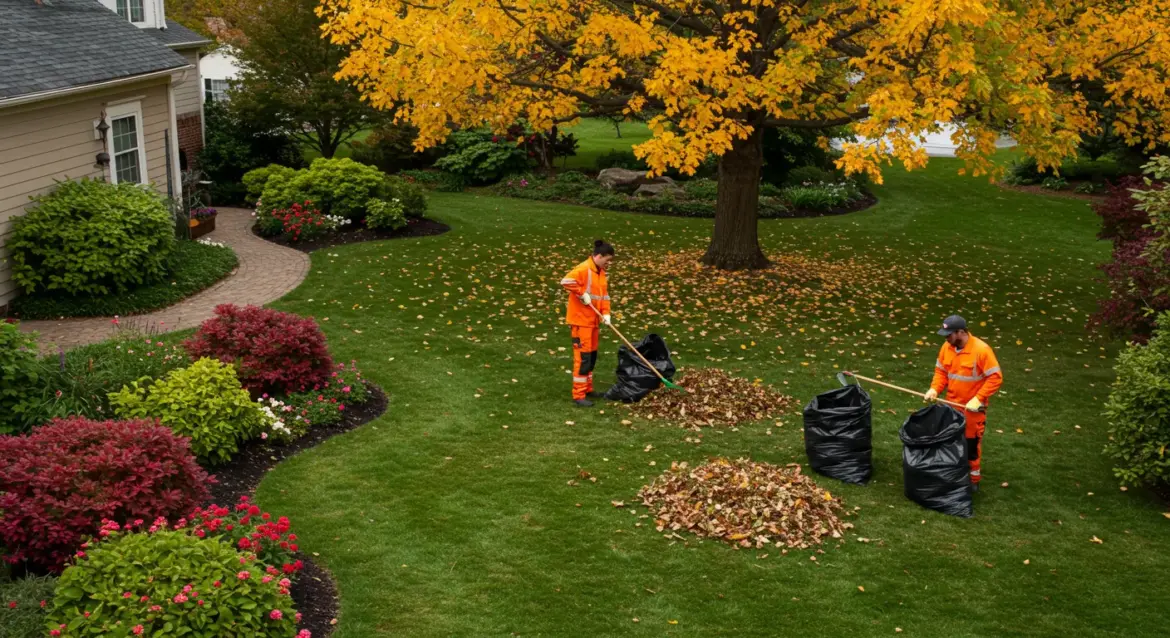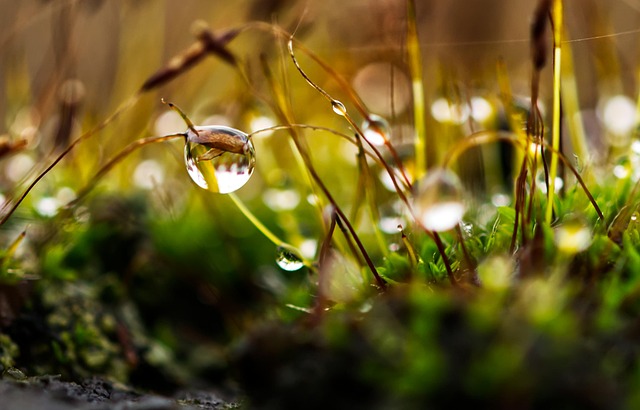Mulching and edging are essential practices in lawn care and landscaping. Mulch improves soil health…….
Category: Lawn Care and Landscaping
Introduction
Lawn care and landscaping are integral components of horticulture, environmental aesthetics, and community well-being. These practices not only enhance the visual appeal of residential and commercial properties but also play a crucial role in ecological preservation, soil health, and biodiversity. In this comprehensive exploration of lawn care and landscaping, we will delve into the multifaceted aspects that encompass this field, including its historical context, global impact, economic considerations, technological advancements, policy frameworks, challenges, success stories, and future prospects. By the end of this article, readers will have a robust understanding of the significance of lawn care and landscaping and its profound influence on various aspects of society.
Understanding Lawn-Care-and-Landscaping
Lawn care refers to the maintenance practices that ensure a healthy, vibrant turf, while landscaping involves the design and installation of outdoor spaces with an emphasis on aesthetics, functionality, and environmental considerations. Together, they form a symbiotic relationship between human habitation and natural ecosystems. The core components of lawn care include soil preparation, irrigation, fertilization, pest control, and regular mowing, while landscaping encompasses the selection of plant species, hardscape elements like paths and retaining walls, and water management systems.
The historical context of lawn care and landscaping is rooted in ancient agricultural practices that have evolved over centuries into the specialized fields we recognize today. The concept of a “lawn” as a managed, grassy area for aesthetic purposes became popular in the British Isles during the medieval period and was later adopted by other cultures with similar climates. Landscaping has its origins in the elaborate garden designs of ancient civilizations like the Persians, Chinese, and Romans, which have influenced contemporary landscape architecture.
Global Impact and Trends
The influence of lawn care and landscaping is felt across the globe, with diverse climates and cultures shaping unique practices and designs. In temperate regions, the focus may be on creating lush green spaces, while in arid areas, xeriscaping and drought-resistant plantings are prevalent. Global trends include a shift towards sustainable practices, native plant landscapes, and the integration of technology for efficient resource use.
In Europe, for instance, there is a growing trend towards organic lawn care and naturalistic landscaping that mimics meadow and woodland ecosystems. In North America, the focus is often on creating outdoor living spaces that extend the home’s livability. In Australia and parts of Africa, water conservation and heat-tolerant landscapes are critical due to the climate.
Economic Considerations
The lawn care and landscaping industry is a significant economic sector, providing employment for millions worldwide and contributing billions to global GDP. Market dynamics fluctuate based on regional demand, environmental concerns, and advancements in technology. Investment patterns reflect a growing interest in sustainable landscaping, which has become more than just an aesthetic choice but an essential component of eco-friendly living.
This industry supports various economic systems by creating markets for landscaping materials, equipment, and services. It also contributes to the circular economy by repurposing organic waste into compost and promoting biodiversity, which in turn supports ecosystem services that have economic value.
Technological Advancements
Technology has revolutionized lawn care and landscaping, with innovations such as GPS-guided mowers, precision irrigation systems, and advanced pest detection tools. Drones are being used for aerial surveillance to monitor plant health and design landscapes. Robotics, including autonomous mowers and maintenance robots, are becoming more prevalent, offering precision and efficiency.
In the future, we can expect further advancements in smart landscaping technologies that will allow for real-time monitoring of soil moisture, nutrient levels, and pest activity, enabling proactive rather than reactive lawn care. These technologies will not only improve the health of lawns and landscapes but also conserve resources and reduce environmental impact.
Policy and Regulation
Policies and regulations play a critical role in shaping the practices within the lawn care and landscaping industry. Environmental protection laws, water conservation ordinances, and zoning regulations influence how landscapes are designed and maintained. In some regions, there are incentives for using sustainable practices and installing water-wise irrigation systems.
The legislative framework also addresses the use of pesticides and fertilizers, with many regions implementing strict guidelines to minimize their environmental impact. Compliance with these regulations not only ensures ecological integrity but also promotes public health and safety.
Challenges and Criticisms
The lawn care and landscaping industry faces several challenges, including the need for sustainable practices in the face of climate change, resource scarcity, and increasing urbanization. Criticisms often focus on the environmental impact of traditional lawn care practices, such as excessive water use, chemical runoff, and energy consumption.
To overcome these issues, the industry is adopting eco-friendly approaches like rainwater harvesting, organic lawn care methods, and xeriscaping. Education and awareness are key to encouraging homeowners and professionals to adopt sustainable practices. Additionally, collaboration between industry stakeholders, policymakers, and environmental groups is essential to address these challenges effectively.
Success Stories
Numerous success stories illustrate the positive impact of lawn care and landscaping on communities and ecosystems. For instance, the “Lawns to Meadows” movement in the United States has transformed millions of square feet of lawn into native gardens and meadows, supporting local biodiversity and reducing maintenance needs.
In Australia, the “Greening the West” project restored over 3,700 hectares of land, enhancing both natural habitats and public recreational spaces. These initiatives demonstrate the potential for lawn care and landscaping to contribute positively to the environment and society at large.
Future Prospects
The future of lawn care and landscaping is poised to be even more integrated with environmental stewardship, technology, and community engagement. The industry will likely continue to evolve towards practices that are not only aesthetically pleasing but also sustainable, resilient, and adaptive to the changing climate.
Innovations in native plant landscaping, permaculture design principles, and regenerative land management practices will gain prominence. The integration of green spaces into urban planning, the promotion of biodiversity, and the enhancement of community well-being through accessible green spaces are all areas that will shape the future of this industry.
In conclusion, lawn care and landscaping are multifaceted fields with significant environmental, economic, and social impacts. As we move forward, it is imperative to address the challenges and embrace the opportunities presented by these practices. By doing so, we can ensure that our outdoor spaces not only look beautiful but also contribute positively to the health of our planet and the well-being of all its inhabitants.
Lawn Care Services: Enhance Your Residential Landscape with Pros
Professional lawn care and landscaping services enhance residential property values through tailored…….
Lawn Care and Landscaping: Optimize Your Yard with Seasonal Cleanups
Seasonal yard cleanups, including spring debris removal and fall foliage management, are crucial for…….
Lawn Care and Landscaping: The Benefits of Residential Mowing Services
Residential lawn mowing services are a vital part of Lawn Care and Landscaping, providing tailored s…….
Seasonal Yard Cleanups: Enhancing Lawn Care and Landscaping for a Beautiful Landscape
Seasonal yard cleanups are essential for Lawn Care and Landscaping, maintaining outdoor spaces'…….
Seasonal Yard Cleanups: Efficient Lawn Care and Landscaping Services
Seasonal yard cleanups are essential for Lawn Care and Landscaping, preventing weed buildup, mitigat…….
Transform Your Yard: Lawn Care and Landscaping Design Tips
Before starting any lawn care or landscaping design, conduct a thorough assessment of your outdoor s…….
Lawn Care and Landscaping: Design Fundamentals for Outdoor Spaces
Lawn care and landscaping transform outdoor spaces into appealing, functional areas. Key practices i…….
Elevate Spaces: Professional Lawn Care and Eco-Friendly Landscaping Solutions
Lawn Care and Landscaping professionals transform ordinary yards into stunning, functional spaces th…….
Lawn Care and Landscaping: Transforming Residential Outdoor Spaces
Lawn Care and Landscaping are key to transforming outdoor spaces into beautiful, functional backyard…….










